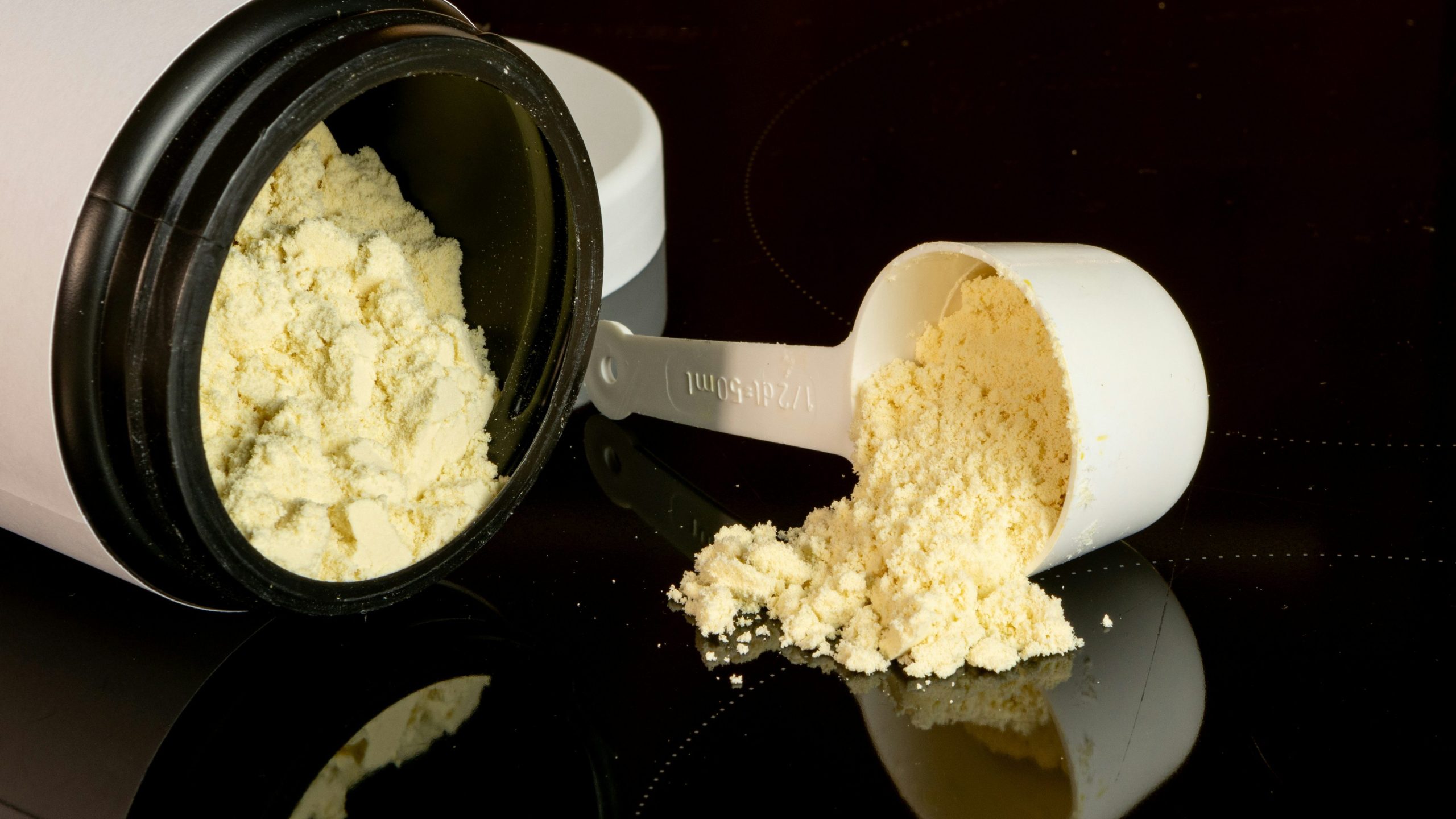Lab-grown meat
Imagine enjoying a delicious steak that was created without harming the environment or involving traditional livestock farming. This future is becoming a reality through the advancements in 3D printing technology, which has been evolving since the 1980s. It began when researcher Robert J. Klebe used an inkjet printer to print cells, and today, this innovative method is being applied in the food industry.
The printed meat is incubated to allow stem cells to differentiate into muscle and fat cells, forming fibers that give the meat its desired texture and consistency. This process has recently led to the creation of the largest steak ever made from animal cells. Besides to animal-based products, 3D printing is also being applied in plant-based meats. This rapidly growing sector uses 3D printing to enhance the taste and texture of plant-based products, making them more appealing to both vegetarians and meat-eaters.
Several factors contribute to the rising interest in 3D-printed meat:

Environmental Benefits:
Traditional meat production is a major contributor to environmental issues, including 14.5% of global greenhouse gas emissions and significant land and water use. 3D printing offers a more sustainable alternative by reducing these impacts.
Minimized Food Waste:
The precision of 3D food printers ensures consistent ingredient use and reduces waste. This is important as food waste contributes to methane emissions in landfills.
Customizable Nutrition:
3D printing technology can tailor the nutritional content of food, making it possible to meet specific dietary needs. This is particularly beneficial for creating nutrient-dense food for various dietary requirements.
While 3D-printed meat is not yet available for mass consumption, its development is progressing rapidly. In the near future, 3D-printed meat products may be seen in restaurants and eventually in supermarkets. This technology promises to revolutionize the way we produce and consume meat, offering a sustainable and nutritious alternative to traditional meat production.
